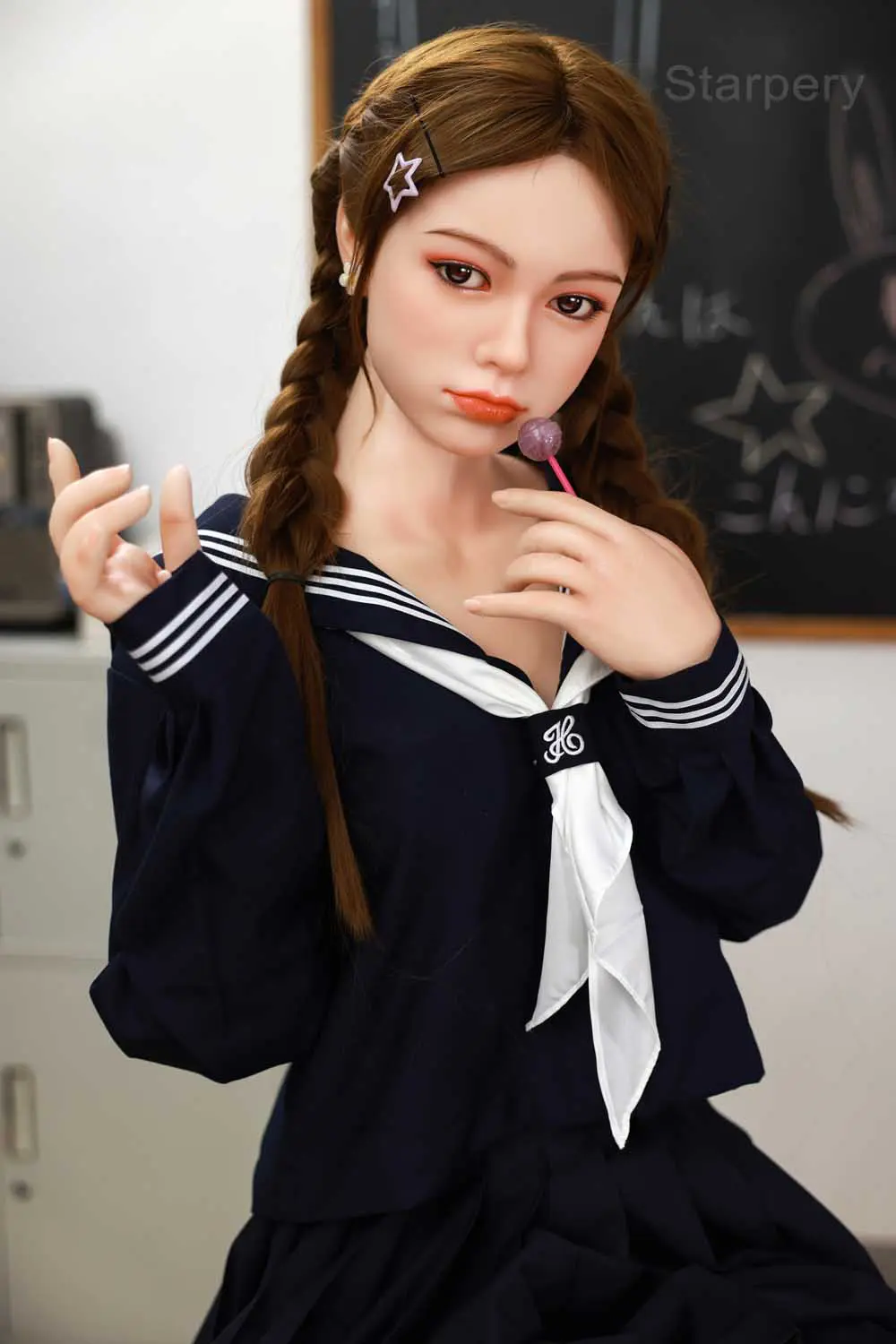When we talk about Asian doll feet, we're diving into a fascinating world that combines art, culture, and craftsmanship. Imagine tiny, delicate feet crafted with precision and care, often found on traditional Asian dolls. These aren't just accessories; they're symbols of heritage and skill passed down through generations. Whether you're a collector, an artist, or simply curious about this niche topic, this guide will take you on a journey to explore everything you need to know about Asian doll feet.
Now, you might be wondering why anyone would focus on doll feet. Well, here's the deal: these miniature masterpieces tell a story. They're not just random parts of a doll; they're meticulously designed to reflect cultural nuances, historical significance, and artistic flair. From the materials used to the techniques employed, every detail matters. So, buckle up because we're about to deep dive into this captivating subject.
Before we get into the nitty-gritty, let's set the stage. This article isn't just about doll feet; it's about understanding the broader context of Asian doll-making. We'll cover everything from the history and cultural significance to modern-day applications and care tips. By the end of this, you'll be a pro at spotting the difference between traditional and contemporary designs. Sound good? Let's go!
Read also:Arikytsya Real Name Revealed The Untold Story Behind The Sensation
What Are Asian Doll Feet and Why Do They Matter?
First things first, let's break it down. Asian doll feet are the foot components of dolls originating from various Asian cultures. These feet are often crafted using materials like wood, porcelain, or fabric, depending on the region and era. But here's the kicker: they're not just random pieces. Each pair of doll feet is designed with cultural symbolism in mind. For instance, in some cultures, the shape and design of the feet represent femininity, grace, or even social status.
Now, why do they matter? Well, for starters, they're a reflection of the artistry and craftsmanship that define traditional doll-making. Think about it: every detail, from the curve of the toes to the embroidery on the socks, tells a story. Plus, for collectors, these feet are often the key to identifying the authenticity and value of a doll. So, if you're into dolls, understanding the feet is kinda like having a secret decoder ring.
The History Behind Asian Doll Feet
Let's rewind for a sec. The history of Asian doll feet is as rich and diverse as the cultures they come from. In Japan, for example, traditional dolls like hina-ningyo and kokeshi feature intricately designed feet that symbolize different aspects of Japanese culture. Meanwhile, in China, the feet of porcelain dolls often reflect the influence of imperial fashion and aesthetics. Each region has its own twist, making this a truly global phenomenon with local roots.
Here's a fun fact: in some cultures, the size and shape of doll feet were influenced by real-life practices like foot binding. While this might sound strange to us today, it was a significant cultural practice that shaped the design of dolls for centuries. So, when you look at a pair of doll feet, you're not just seeing a piece of art; you're seeing a piece of history.
Materials Used in Making Asian Doll Feet
Now, let's talk materials. The choice of material for Asian doll feet isn't random; it's deliberate. Wood, porcelain, and fabric are the most common materials used, each with its own unique characteristics. Wooden feet, for example, are often found in traditional Japanese and Korean dolls. They're durable, lightweight, and easy to carve into intricate shapes. Porcelain, on the other hand, is a favorite in Chinese doll-making. It's delicate, elegant, and perfect for capturing fine details.
Fabric feet are another story. Often used in dolls from Southeast Asia, they're soft, flexible, and allow for vibrant colors and patterns. The choice of material isn't just about aesthetics; it's also about functionality. For instance, wooden feet are great for standing dolls, while fabric feet are better for dolls that need to be posed in different positions. See what I mean? Every decision is made with purpose.
Read also:Unveiling The Untold Story Accident Obituary Jungle Pam Hardy
Key Characteristics of Asian Doll Feet
So, what makes Asian doll feet stand out? It's all about the details. Here are some key characteristics to look for:
- Intricate Designs: From embroidered socks to painted toenails, every detail is crafted with precision.
- Cultural Symbolism: The shape, size, and design often reflect cultural values and practices.
- Authentic Materials: Whether it's wood, porcelain, or fabric, the material tells a story about the doll's origin.
- Artistic Flair: Each pair of feet is a work of art, showcasing the skill and creativity of the craftsman.
These characteristics aren't just for show; they're what make Asian doll feet so special. So, the next time you're admiring a doll, take a closer look at the feet. You might just discover something new!
Types of Asian Doll Feet
Not all doll feet are created equal. In fact, there are several types of Asian doll feet, each with its own unique features. Let's break it down:
Traditional vs. Contemporary Designs
Traditional Designs: These are the classic doll feet you'd find in historical dolls. They often feature intricate carvings, hand-painted details, and materials like wood or porcelain. Think of them as time capsules, preserving the artistry of the past.
Contemporary Designs: On the flip side, modern doll feet are all about innovation. Craftsmen today use new materials and techniques to create feet that are both functional and fashionable. Some even incorporate technology, like LED lights or movable joints, to enhance the doll's appeal.
Regional Variations
Let's not forget about regional differences. Here's a quick rundown:
- Japanese Doll Feet: Often delicate and refined, with attention to detail in every toe.
- Chinese Doll Feet: Elegant and sophisticated, with a focus on porcelain craftsmanship.
- Korean Doll Feet: Simple yet striking, often featuring natural materials like wood.
- Southeast Asian Doll Feet: Vibrant and colorful, with fabric being the material of choice.
Each region brings its own flair to the table, making the world of Asian doll feet incredibly diverse and exciting.
Cultural Significance of Asian Doll Feet
Now, let's talk about the big picture. Asian doll feet aren't just decorative; they're culturally significant. In many cultures, dolls serve as educational tools, teaching children about their heritage and traditions. The feet, being a crucial part of the doll, play a role in this educational process. For example, in some cultures, the design of the feet might reflect traditional footwear or cultural practices like foot binding.
But it's not just about education. Doll feet also have symbolic meanings. In some cultures, they represent femininity, grace, and elegance. In others, they might symbolize strength, resilience, or even social status. So, when you're looking at a pair of doll feet, you're not just seeing a piece of art; you're seeing a piece of culture.
How Doll Feet Reflect Cultural Values
Here's a breakdown of how doll feet reflect cultural values:
- Japan: Precision and attention to detail reflect the value placed on craftsmanship.
- China: Elegance and sophistication reflect the influence of imperial fashion.
- Korea: Simplicity and natural beauty reflect the value placed on minimalism.
- Southeast Asia: Vibrant colors and patterns reflect the region's love for celebration and joy.
See how every detail has a purpose? It's not just about making the doll look pretty; it's about telling a story.
Caring for Your Asian Doll Feet
So, you've got a beautiful pair of Asian doll feet. Now what? Proper care is essential to ensure they stay in top condition. Here are some tips:
General Maintenance
Cleaning: Use a soft cloth and mild soap to gently clean the feet. Avoid harsh chemicals that might damage the material.
Storage: Keep your dolls in a cool, dry place to prevent damage from moisture or sunlight. A display case is a great option if you want to show them off.
Handling: Always handle your dolls with care. Use gloves if necessary to prevent oils from your skin from affecting the material.
Restoration Tips
If your doll feet are showing signs of wear and tear, here's what you can do:
- Repairing Cracks: Use a specialized adhesive designed for the material of your doll feet.
- Reapplying Paint: If the paint is fading, consult a professional restorer to ensure the job is done right.
- Replacing Materials: If the fabric is worn out, consider replacing it with authentic materials to maintain authenticity.
Remember, proper care ensures your doll feet will last for generations to come.
Modern-Day Applications of Asian Doll Feet
While traditional doll feet are still popular, modern applications are on the rise. Today, doll feet are used in everything from fashion to home decor. Here are some examples:
Fashion Inspirations
Designers are drawing inspiration from traditional doll feet to create modern footwear. Think delicate sandals with embroidered details or high heels with porcelain accents. It's a nod to the past with a contemporary twist.
Home Decor Ideas
Asian doll feet are also making their way into home decor. From miniature sculptures to intricate wall art, these feet are being used to add a touch of elegance and cultural flair to modern interiors.
Artistic Expressions
Artists are using doll feet as a canvas for their creativity. Whether it's painting intricate designs or incorporating them into mixed media pieces, doll feet are becoming a popular medium for artistic expression.
Conclusion: Why You Should Care About Asian Doll Feet
So, there you have it. Asian doll feet might seem like a niche topic, but they're so much more than that. They're a window into the world of art, culture, and craftsmanship. By understanding the history, materials, and cultural significance of these tiny masterpieces, you gain a deeper appreciation for the artistry and skill that goes into creating them.
Now, it's your turn. Whether you're a collector, an artist, or just someone who appreciates beauty, take a closer look at the doll feet in your collection. You might just discover something new and exciting. And don't forget to share your thoughts in the comments below or check out our other articles for more insights into the world of dolls!
Table of Contents
- What Are Asian Doll Feet and Why Do They Matter?
- The History Behind Asian Doll Feet
- Materials Used in Making Asian Doll Feet
- Key Characteristics of Asian Doll Feet
- Types of Asian Doll Feet
- Cultural Significance of Asian Doll Feet
- Caring for Your Asian Doll Feet
- Modern-Day Applications of Asian Doll Feet
- Conclusion: Why You Should Care About Asian Doll Feet


